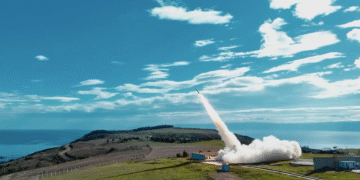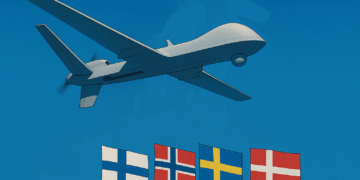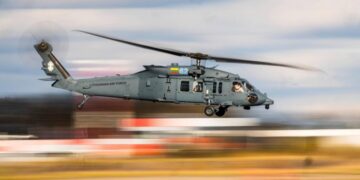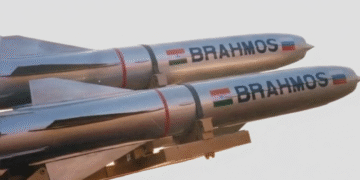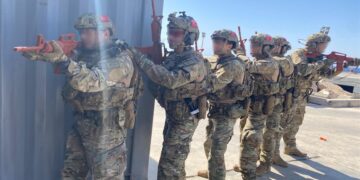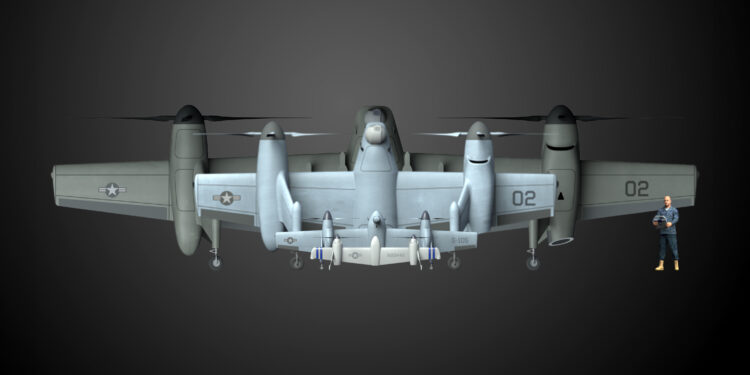Sikorsky, a subsidiary of Lockheed Martin, has introduced Nomad — a family of twin-proprotor vertical take-off and landing (VTOL) unmanned aerial vehicles (UAVs). The company stated that this new platform represents a future family of autonomous aircraft capable of conducting long-endurance missions without the need for a runway.
The twin-proprotor design combines the versatility of a helicopter with the speed and range of a fixed-wing aircraft. A Nomad aircraft can take off vertically, hover in place, and land vertically again. It can also perform wing-borne cruise flight for extended missions. The Nomad UAVs are powered by Sikorsky’s MATRIX™ autonomy technology and primarily use a hybrid-electric propulsion system, while larger versions will feature a conventional drivetrain.
Different models within the family can be scaled according to mission requirements. Smaller variants use hybrid-electric propulsion, while larger ones rely on traditional engine technology. According to U.S. Department of Defense classifications, the Nomad family spans a wide range—from Group 3 to Group 5 UAV categories.
In March 2025, Sikorsky successfully completed long-endurance flight tests of the Nomad 50 prototype, which features a 3.1-meter wingspan. The company is now working on the Nomad 100, with a 5.5-meter wingspan, and plans for its first flight in the coming months.
Sikorsky aims for the Nomad, with its long endurance and runway-independent operational capability, to play a significant role in strategically important regions such as the Indo-Pacific.ol oynamasını hedefliyor.


